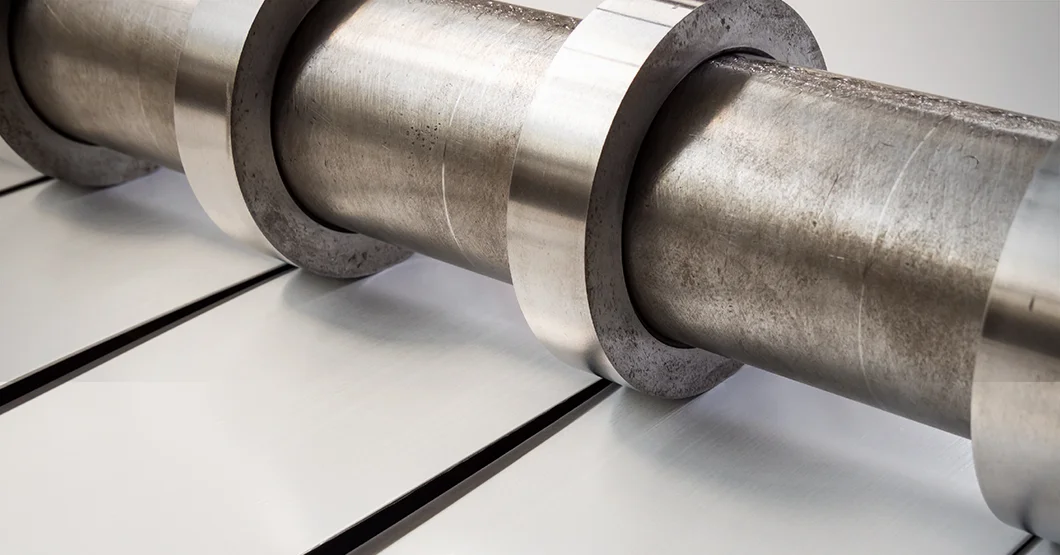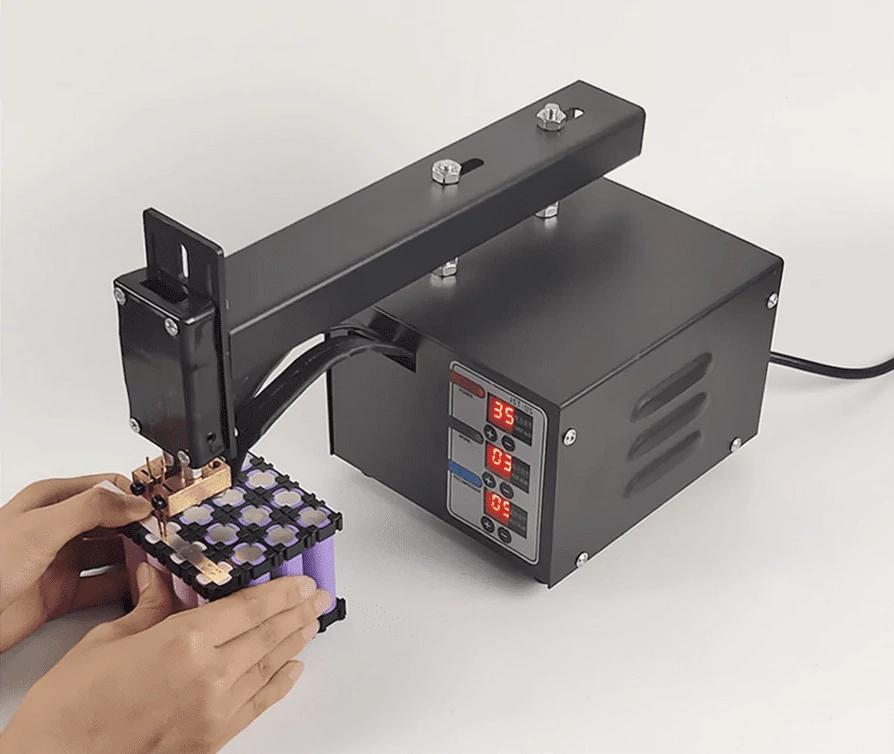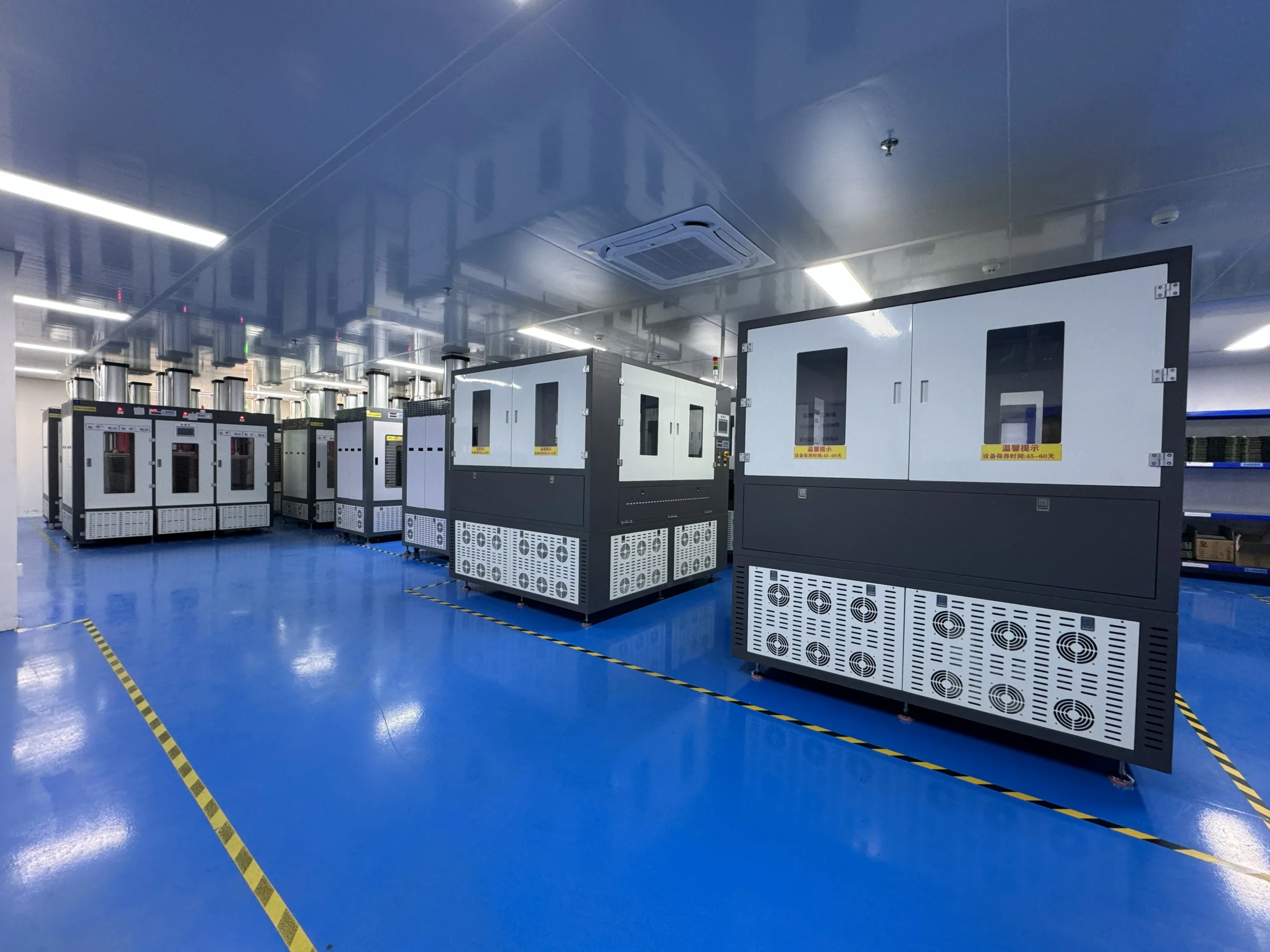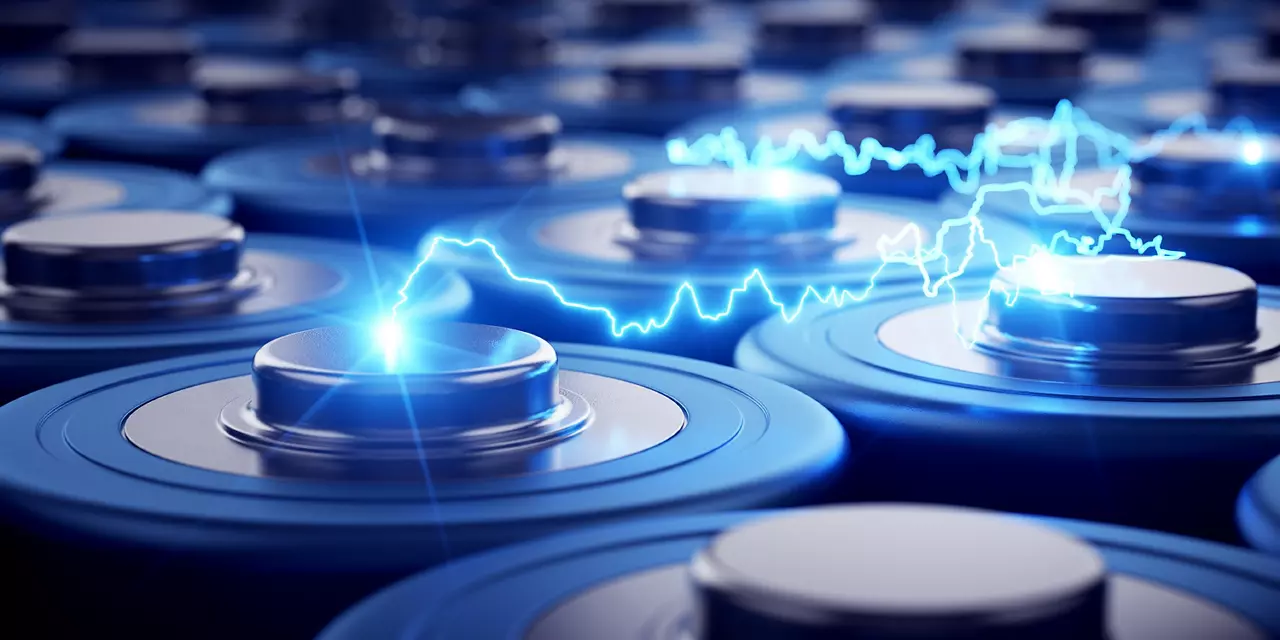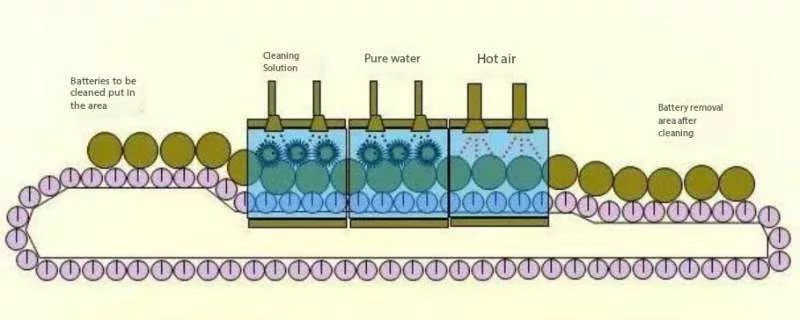Cathode Active Material Particle Engineering: Critical Factors in Lithium Battery Manufacturing
main content
Cathode active material particle engineering plays a pivotal role in optimizing lithiumion battery performance, balancing particle size refinement and surface chemistry stability. By addressing challenges like nanoparticle agglomeration and moisture sensitivity, manufacturers can achieve higher energy density, longer cycle life, and improved safety. This guide explores advanced strategies for processing cathode materials, focusing on particle size control and humidity management.
Particle Size and Morphology: From Nano Challenges to Practical Solutions
Nanoscale cathode materials, such as lithium iron phosphate (LFP) nanoparticles, offer exceptional electrochemical activity due to their large surface area. However, their tendency to agglomerate severely impacts slurry homogeneity and electrode coating quality. To mitigate this, mechanical pretreatment methods like ball milling or jet milling are employed to reduce particle clusters to a median diameter (D50) of ≤10 μm. This ensures uniform dispersion in slurries while maintaining ionic diffusion efficiency.
Key considerations for particle engineering include:
1. Agglomeration Control: Highenergy milling breaks down nanoparticle clusters without compromising crystallinity.
2. Size Distribution Optimization: Narrow particle size distributions (PSD) enhance packing density and electrode structural integrity.
3. PostMilling Stabilization: Surface modifiers or conductive coatings prevent reagglomeration during slurry mixing.
Surface Chemistry Management: Tackling HighNickel Material Sensitivity
Highnickel layered oxides (e.g., NCM811 or NCA) significantly boost energy density but require stringent humidity control during processing. These materials react aggressively with moisture, forming surface hydroxides that degrade capacity and increase internal resistance. For stable slurry preparation:
Critical Protocols for HumiditySensitive Materials:
Environment Control: Conduct mixing in dry rooms with dew points ≤40°C to limit moisture absorption.
Surface Passivation: Precoating materials with moistureresistant layers (e.g., Al₂O₃) minimizes parasitic reactions.
Inert Gas Shielding: Use nitrogen or argon atmospheres during material handling to prevent oxidation.
Balancing Performance and Production Challenges
Common Industrial Challenges:
1. MoistureInduced Degradation: Residual water triggers LiPF₅ hydrolysis, generating corrosive HF that damages electrodes.
2. Process Scalability: Maintaining sub10μm particle consistency across large batches demands precision milling equipment.
3. Cost Efficiency: Highnickel material processing requires expensive humiditycontrolled environments.
Mitigation Strategies:
RealTime Monitoring: Implement inline particle size analyzers and humidity sensors for process adjustments.
Modular Dry Rooms: Design localized humiditycontrolled zones instead of fullroom dehumidification to reduce costs.
Binder Optimization: Use hydrophilic binders (e.g., CMC) to counteract moisture sensitivity without compromising slurry stability.
Conclusion: Precision Engineering for NextGeneration Batteries
Effective cathode active material particle engineering hinges on harmonizing size reduction technologies with surface chemistry management. By adopting advanced milling techniques, rigorous humidity controls, and surface stabilization methods, manufacturers can unlock higher battery energy densities while ensuring production scalability. As lithiumion batteries evolve toward ultrahighnickel chemistries, mastering these fundamentals will remain critical for maintaining competitive edge in the energy storage market.

START-STOP LITHIUM battery
Enov start-stop battery is designed to provide excellent performance for high-demand start-stop vaehicles. It adopts the third-generation intelligent lithium platform architecture to achieve technological breakthroughs in core indicators such as cycle life, environmental adaptability and energy density. Compared with the traditional lead-acid battery system, the energy efficiency is increased by 210%, the cycle life is extended by 8-10 times, and the monthly self-discharge rate is controlled within 3%. Enov's unique low-temperature battery technology makes a breakthrough in achieving stable output in the whole climate domain from -30℃ to 65℃, maintaining more than 90% of the effective capacity release under extremely cold conditions (-30℃), and maintaining 90% of the capacity in high temperature environments (65℃).
The start-stop battery series products cover the mainstream voltage platform of 12V/24V/48V, and support flexible configuration of LFP (lithium iron phosphate) and NCM (lithium nickel cobalt manganese oxide) dual-material system. All models adopt modular design to support customization of different model specifications. Enuo engineering and technical team to provide full cycle technical service support, if you need, please contact us.
Other products
UAV BATTERY
LITHIUM ENERGY STORAGE BATTERY
QUICK INQUIRY
FAQ
Access to high frequency technical questions with one click, get accurate answers on product application, after-sales policy and customization process.
Service and Support
Get the latest product specifications, explore professional OEM/ODM customization services, click to open exclusive technical support and production solutions.
Become a Partner
We sincerely invite resources to interconnect, work together for win-win development, and immediately open a new chapter of strategic cooperation!
